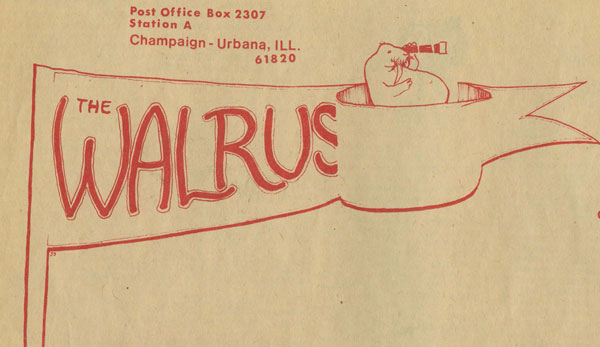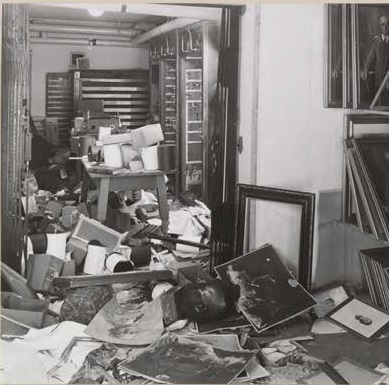Despite the Brown v. Board of Education decision in 1954 that declared state laws establishing separate public schools for black and white students unconstitutional, de facto segregation persisted without sanction of law. Throughout the country in the late 1960s and early 1970s, African American college students participated in social movements to influence institutions of higher education that systematically marginalized minorities. Encouraged by Black Power, a political movement that emphasized creating black political and cultural institutions to promote black collective interests and values, students across the country demanded fundamental changes to campus curricula, policies, and structure. Institutions of higher education went through a period of rapid educational reform during this time, not only because of legislative mandates and administrative policies, but as a result of social pressure.
Champaign-Urbana’s attitude towards race in the early and mid-twentieth century had more in common with the south than its northern neighbors: restaurants, barbershops, and theaters remained segregated through the mid-1960s. Conforming with the surrounding culture, University residence hall housing remained unavailable to African Americans until 1945. Of the 30,000 students on campus in 1967, approximately 300 were African American. [1] According to Joy Williamson, “Black students of the Black Power era entered an environment that was at best benign and at worst overtly hostile” at the University of Illinois. [2]



